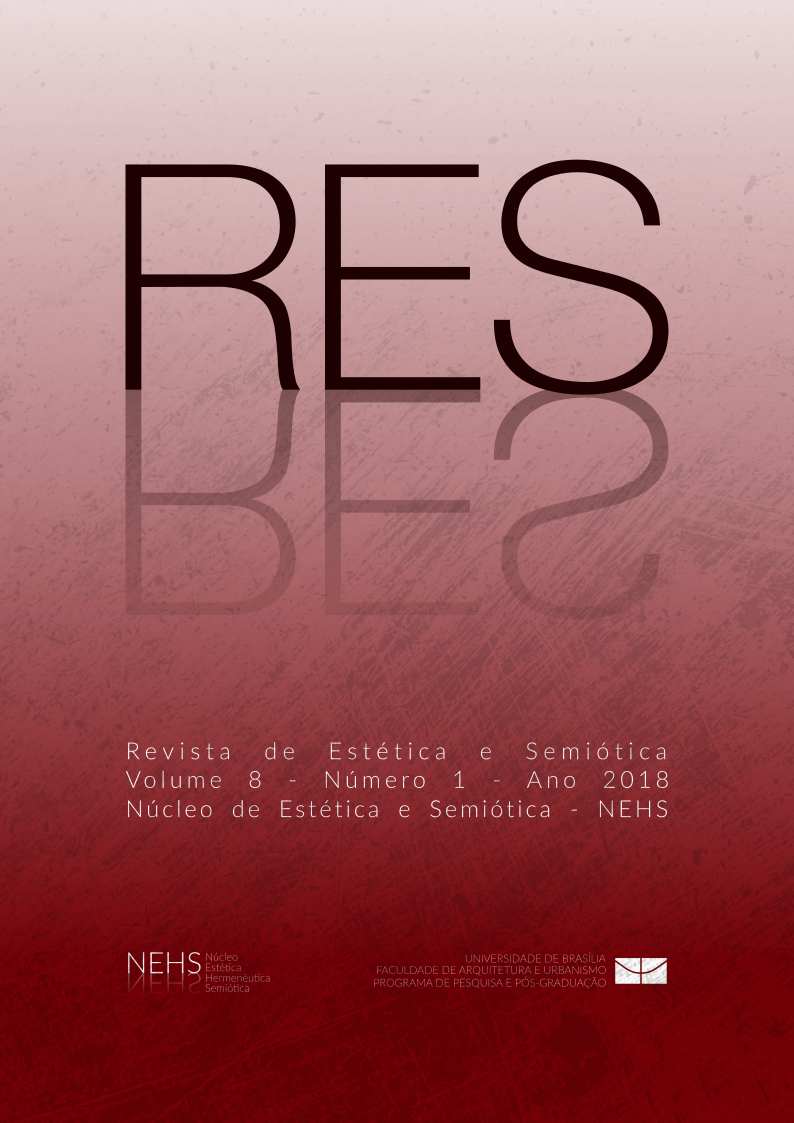VERDADE E REPRESENTAÇÃO NA PERSPECTIVA INVERSA
DOI:
https://doi.org/10.18830//issn2238-362X.v8.n1.2018.02Keywords:
Reverse perspective, Russian icons, Estrangement, Art and representationAbstract
Classification systems in the history of art and architecture bring periodization as a fundamental category in the judgment and classifications of works, despite the evidence that artists violated the rules inforce, in the name of artistic differentiation and elevation, to surpass the models. This point of view privileges Renaissance techniques of representation as authentic and sacralizes them, hindering their symbolic reading. What is considered authentic acquires a modeling function, being less question edthan it should. On the other hand, the automation of symbolic analysis on medieval paintings, by the logic of the illustrated dictionary, hampers the deconstruction of the ideological structure. The works are classified more by their similarities, what gives the mavalue of gender, andless by their peculiarities. Contrary to the prevailing vie wthat medieval symbolic artis inferior to realistic Renaissance painting, Pável Floriênski proposes the concept of inverse perspective, oriconographic, developed in 1919 from the study of the paintings of the Russian icons of. This contraposition seems to be resolved by the Russian author's argument, but denying a canonical system imposes another, more ancient and dominant than the first. It is proposed here the estrangement of the validity of the inverse perspective as a resource of inversion, suggesting the inverse of the inversion that the inverse perspective proposes. If the inverse shows the symbolic hierarchy between the iconsand scenario, itis more authentic because it hides less these manticorder
ofpower.Fromtherecognitionoftheartistic resources it is possible to make a secular reading of what is consideredsacredineachperiod.Forthat,theconcept
of "estrangement"developed by Sklovsky among the Russian formalists at the beginning of the 20th century is proposed,aswellas the use of allegoric alreading as procedures tode-automate the habitual gaze of an object by displacing it from its initialidentity.




